AO Edited
Cotton Tree
The oldest of its kind in the country, this tree sits where formerly enslaved people are said to have founded the city of Freetown.
The historic symbol of Freetown, the capital of Sierra Leone, is a large kapok tree known as the “Cotton Tree.” According to legend, the tree gained importance in 1792 when a group of formerly enslaved people settled the site of what is now Freetown.
After the American Revolution, the British granted freedom to the enslaved people who had fought with the Crown during the war. Some so-called “Black Loyalists” were given land and supplies to resettle in British-controlled Nova Scotia, while others went to London and parts of the Caribbean. In 1787, some 4,000 formerly enslaved people were resettled in Sierra Leone—regardless of where they or their ancestors had originally come from. Five years later, another group emigrated from Nova Scotia to Sierra Leone.
According to the story, when the first boat arrived, they walked up to a large tree just above the bay and held a Thanksgiving service there, praying and singing hymns. That tree still stands, now between the courthouse and the National Museum. Though its exact age is unknown, it is known to have existed in 1787 and believed to be the oldest cotton tree in the nation. The Cotton Tree is an iconic monument in the capital and appears on the 10,000 Leones banknotes.
In May 2023, after a series of heavy storms, the Cotton Tree fell. Julius Maada Bio, incumbent Sierra Leone president said: “All Sierra Leoneans will pause for thought at the loss of such a prestigious national symbol as Cotton Tree. For centuries it has been a proud emblem of our nation, a symbol of a nation that has grown to provide shelter for many.”
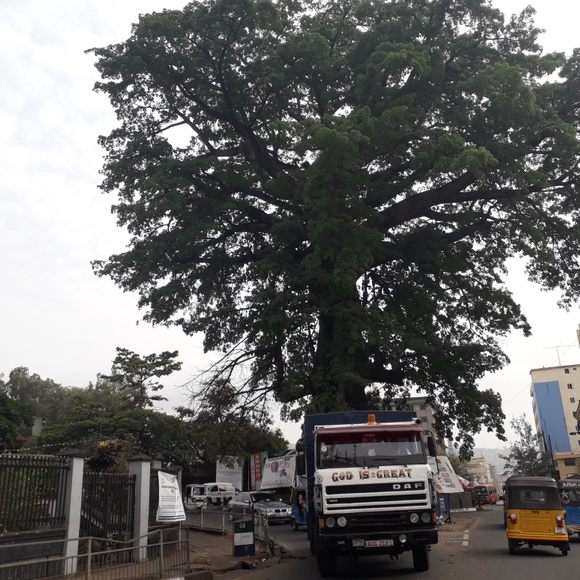

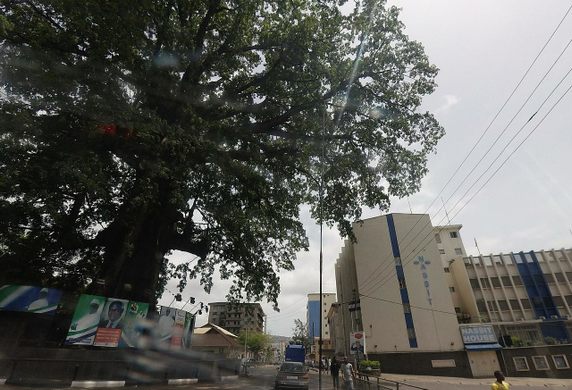

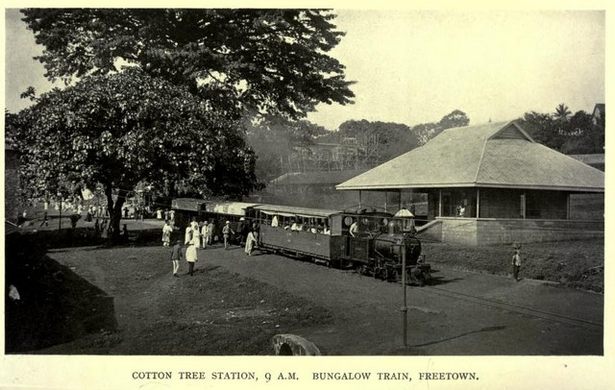

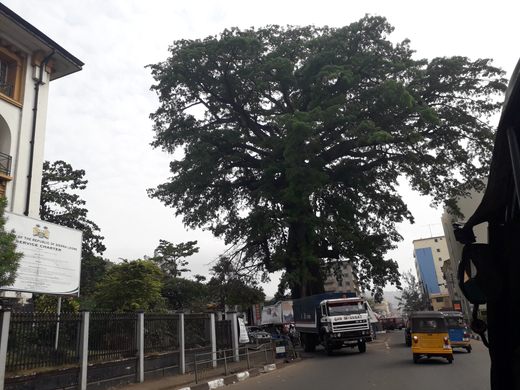





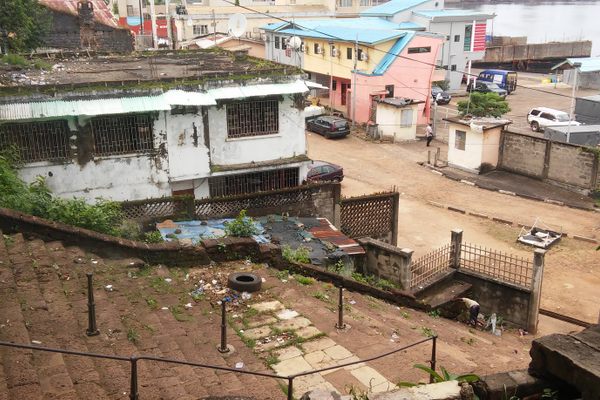
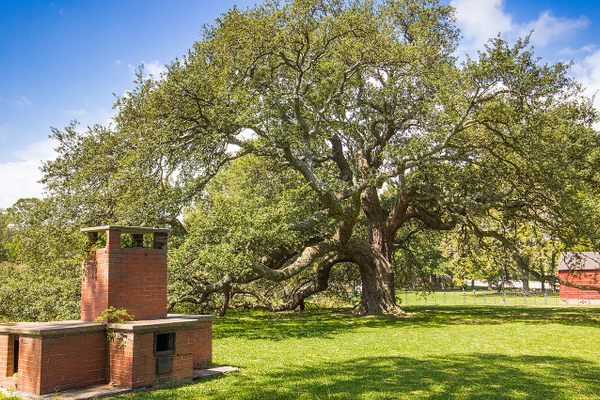

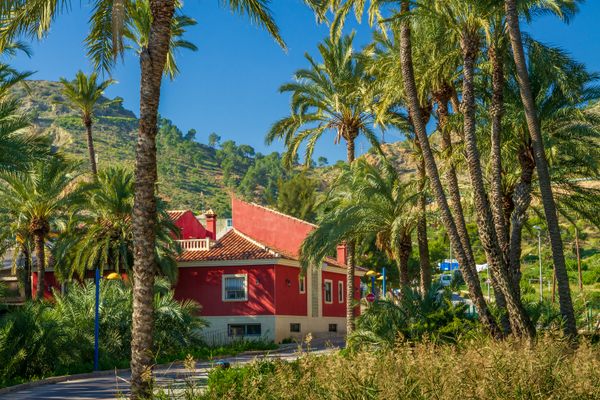

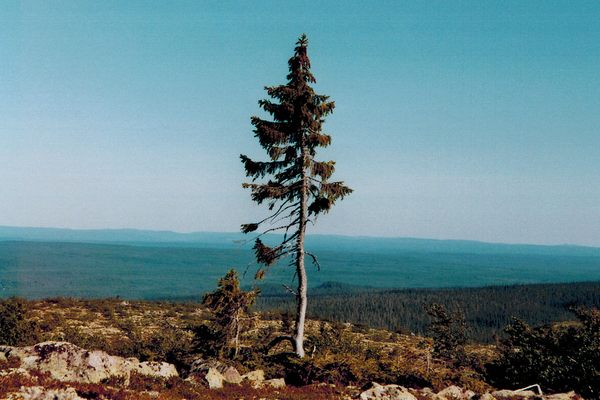


Follow us on Twitter to get the latest on the world's hidden wonders.
Like us on Facebook to get the latest on the world's hidden wonders.
Follow us on Twitter Like us on Facebook